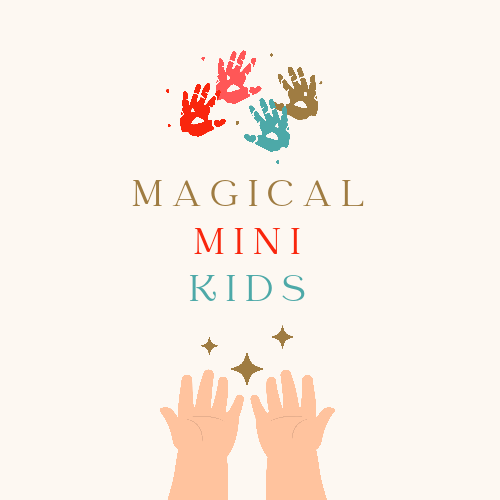What are loose parts?
Loose parts are versatile materials that can be easily transported, carried, rearranged, aligned, and disassembled to create various configurations. These parts can be used independently or in conjunction with other materials. Unlike fixed objects, loose parts do not come with specific instructions, allowing for endless possibilities and creativity.
Examples of loose parts include:
- pompoms
- cotton wool
- bottle tops
- natural materials such as flowers, leaves, sticks string buttons, beads shells, stones,
- pasta, rice or cereal tyres,
- wheels, tubes boxes or crates
- sheets or blankets
- wooden block
- rolling pins
- pots and pans
- cups or bowls
(only use those which are suitable for the age of the child)
How Do Loose Parts Support Learning and Development in Early Childhood?
When children engage with loose parts, they are encouraged to problem solve and take the lead in their own learning experiences.
By incorporating loose parts play into activities such as play dough, children can enhance their fine motor skills through various movements like pressing, rolling, and stretching. This not only strengthens their hand muscles, but also aids in improving their writing skills.
It is believed that materials play a crucial role in shaping neural networks in young children's brains as they engage their senses.
By providing children with stimulating open-ended materials, they are able to develop skills such as focus, attention, and identifying important features, which are essential for future learning. The concept of loose parts also highlights the competency, skill, and creativity of children, allowing them to create environments that cater to their individual interests, strengths, and cultural backgrounds. Additionally, using loose parts promotes the reuse and recycling of objects.
Loose parts also highlight the competency, skill, and creativity of children, allowing them to create environments that cater to their individual interests, strengths, and cultural backgrounds. Additionally, using loose parts promotes the reuse and recycling of objects during activities, making it a sustainable practice.
At what age is loose parts play appropriate?
It can be adapted for many ages. Even infants can use large, safe loose parts (with supervision). As children grow, they can use smaller pieces, more complex combinations, etc.
Always consider safety (choking hazards, sharp edges) when selecting materials.
How can I ensure safety when using loose parts?
Inspect materials for small or broken pieces, avoid choking hazards for young kids, clean or disinfect items, supervise play, remove items that could be sharp, ensure materials are non-toxic, etc.
How do I introduce loose parts play at home or in a classroom?
Start small-pick a few loose parts, model how to use them, encourage exploration rather than directing. Rotate materials occasionally to maintain interest. Create a safe and inviting play space.
Where can I find or source loose parts cheaply or sustainably?
Use natural materials (sticks, leaves, stones), re-purpose household objects (pots, lids, fabric scraps), ask for donations, thrift stores, free cycling, community groups.

